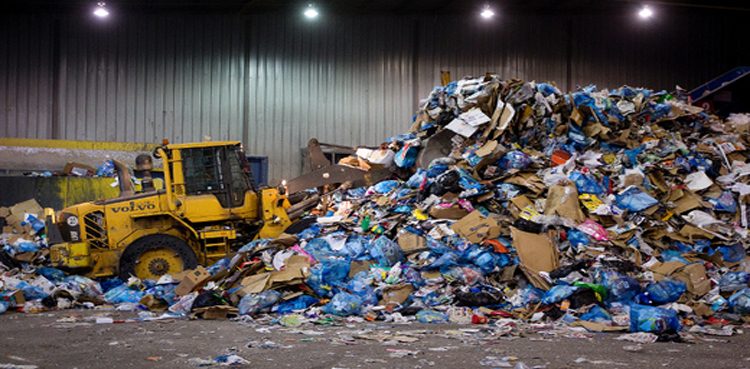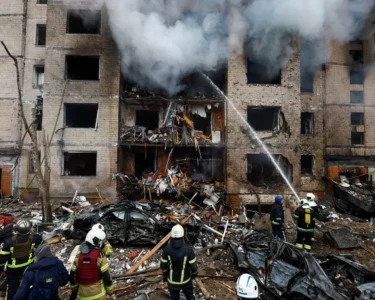Pakistan first waste-to-energy plant to set up in Lahore. In a bid to promote renewable and domestic resources of energy, the National Electric Power Regulatory Authority (Nepra) has recently approved the license to Lahore Xingzhong Renewable Energy Company Limited for power generation. The company will set up Pakistan’s first power plant to produce electricity from solid waste.
It will be the Pakistan’s first waste-to-energy plant with 40-megawatt production capacity in Lakhodair, Lahore district. The company will use the most apposite waste-to-energy technology and will deploy a burning type facility.
The project will help to reduce 2000 tons/day of the city’s municipal solid waste to generate electricity, in the meantime meeting solid waste management and energy needs of the country.
In this regard, a statement is given by the officials which states, “The project will reduce the city’s municipal solid waste by 2,000 tons a day to generate electricity and is seen as a silver bullet to address the municipality’s waste issue and meet energy needs”.
Must Read: Skype to get a call recording feature soon
For this project, Nepra has already announced an upfront tariff of 10.007 US cents per kilowatt-hour for waste-to-energy projects based on an operational time of 25 years with capacity cap of 250MW on the whole.
More than 20 million tons of public solid waste is generated in Pakistan, with annual growth of 2.4%. All major cities such as Islamabad, Lahore, Karachi, Peshawar and Quetta are facing huge challenges in handling the problem of urban waste. Particularly, in Karachi people are facing enormous issues in talking with garbage and waste.
Each year, thousands of people die due to waste-related diseases. In line with the environmental issues, most of the countries in the region have already proclaimed the excise for municipal waste power plants and they are getting double benefits; disposing of the garbage in a good manner and generation of electricity as well.
The objective behind this move is to pave a way towards cleaner cities and healthy environment with limited release of greenhouse gases.
In 25 years of the operational period, the tariff has an overall capacity of 250 MW share for each province and 50MW for federal area.




